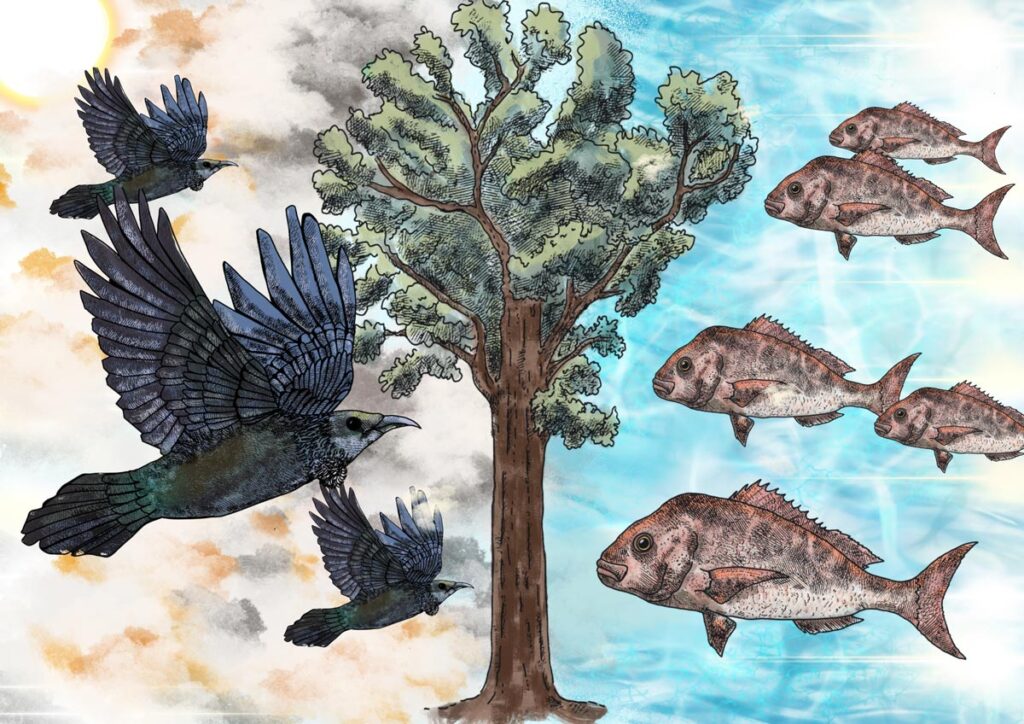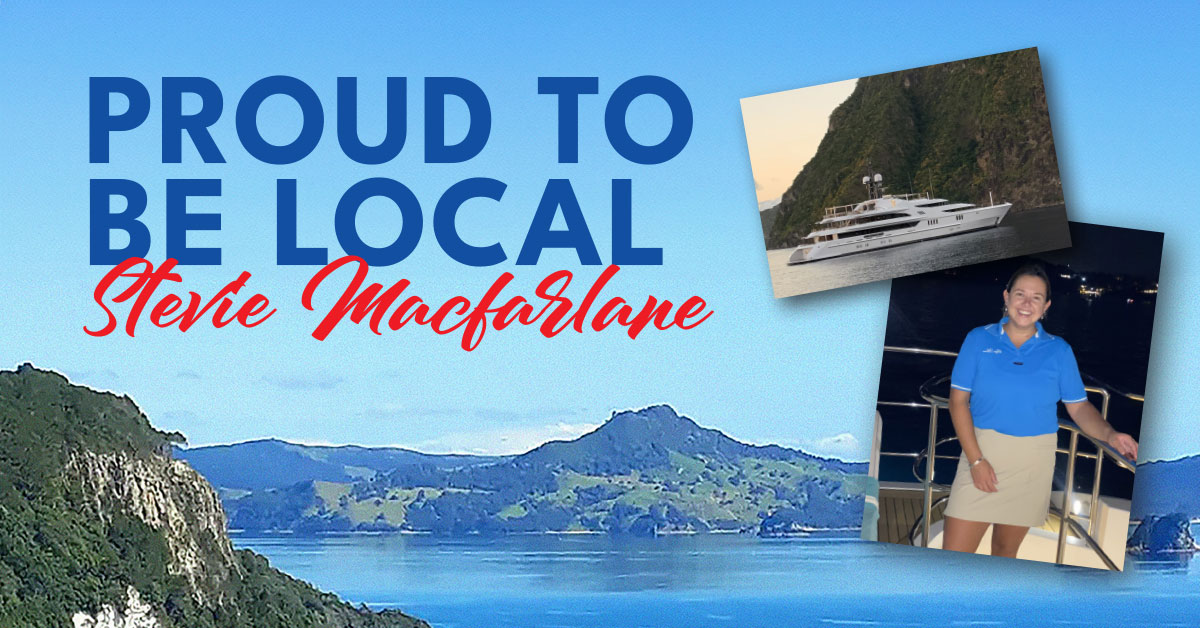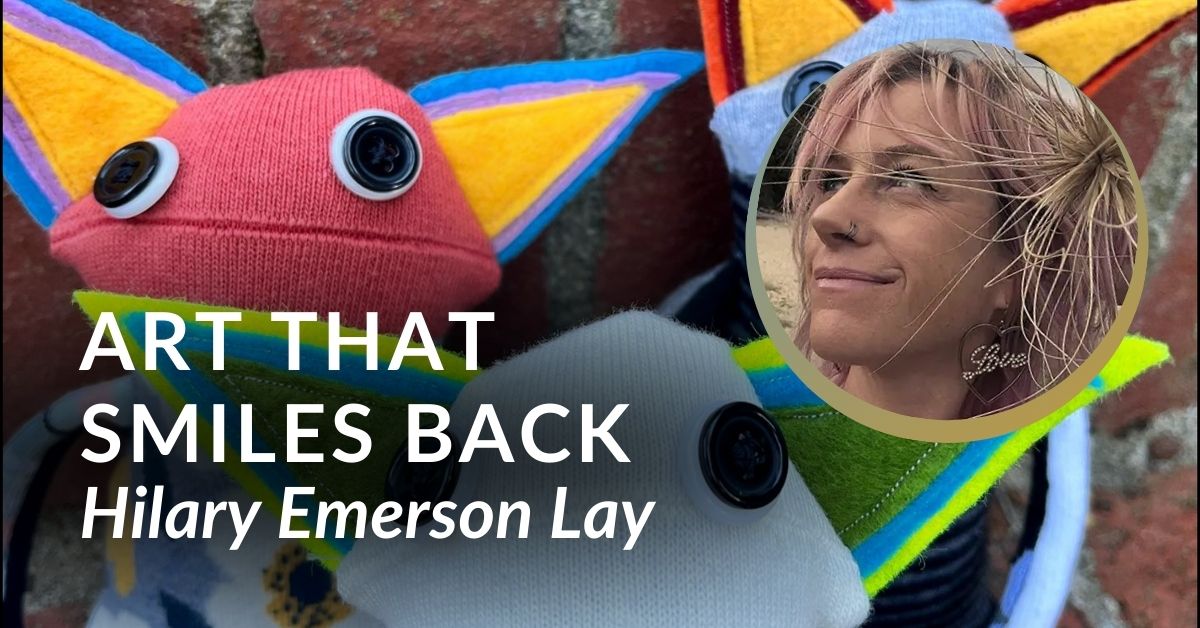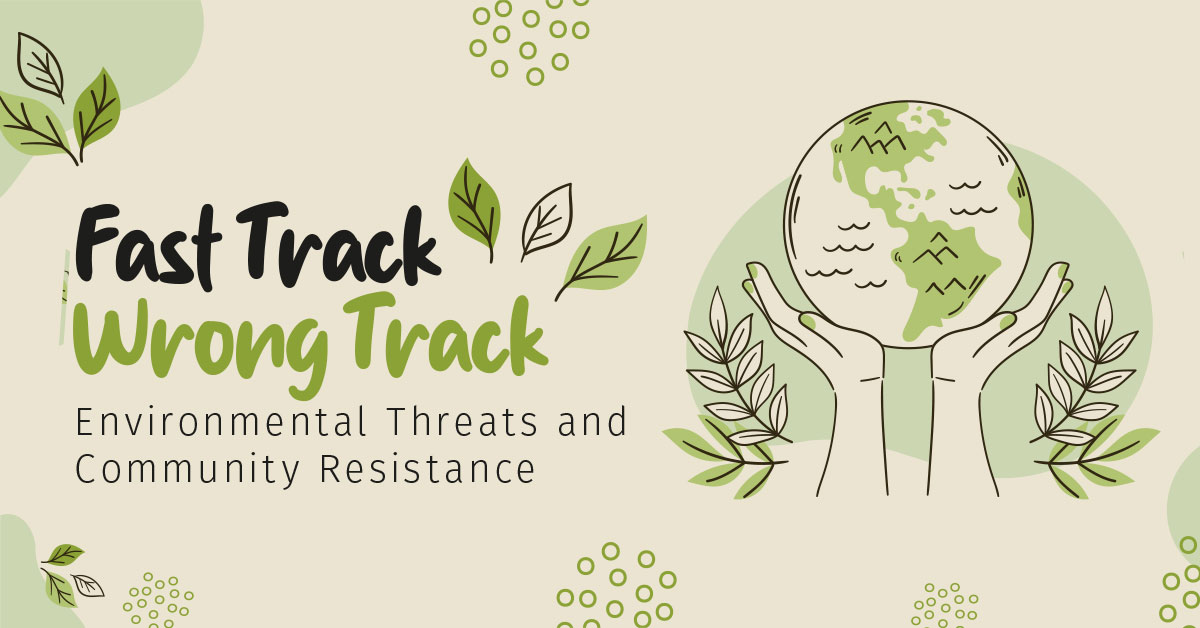The interconnectedness of nature and why a holistic approach to environmental conservation is necessary

When humans arrived in Aotearoa, they found a fantastic ecosystem that had evolved over millions of years into a wonderland of subtropical coastal rainforests, hosting thousand-year-old trees, millions of birds, many of them seabirds, and an abundant and productive coastal ocean full of a vibrant network of species. The productivity of the ecosystem must have been spectacular. Early Māori settlers and the European colonialists describe the nightly bird chatter in the forest as deafening. Today only a shadow of this life remains, and remnants of this ecosystem are constrained to remote pest-free islands, such as Rangiauria in the Chatham Islands group. Parts of the story of how our land was robbed of this abundance are generally known. Still, the interlinking pathways and dependencies between trees, birds and fish are not widely appreciated. Yet the severing of these links since colonial settlers arrived greatly amplified the rapid decline of the ecosystems around us. So, what are these links, and how important are they?
Ecology studies whole ecosystems and highlights the interdependencies between their constituent species and habitat features. NZ’s coastal landscape ecology featured strong links between the trees, birds and the sea. Millions of shore-nesting seabirds, foraging for food in the abundant coastal marine life, would bring tons of essential soil nutrients ashore that provided sustenance for soil microbiology and nutrients for the coastal rainforest. Seabird burrows aerated the ground and added to the health of the soil ecology. In return, the forest floor provided soft ground for seabird burrows and protection for the nests and the young from the elements. Further, nutrient-rich runoff from the land would feed into the productivity of ocean life. And a healthy balance between school fish and predators in the ocean would result in large fish boils with readily available food for the birds.
During the colonial settlement by Europeans in Aotearoa, these links were broken. The introduction of mammalian pests such as rats, stoats and cats decimated Aotearoa’s bird life and reduced their nesting success rates to below-minimum levels to sustain their populations. The felling and burning of the coastal forests in pursuit of wood and for the clearing of land for ruminant grazing destroyed large swathes of the forest habitat. The rapid intensification of fishing removed more than three-quarters of the biomass of many coastal fish species, thereby robbing the remaining seabirds of much of their food source. Rapid global warming of ocean surface waters has further reduced the viability of coastal marine ecosystems by driving fish into colder, deeper waters and thereby out of the reach of birds foraging near the surface. Often juvenile seabirds are unable to find food for survival, and adults need to venture far further from the shore to find food, reducing their ability to feed their chicks and exhausting their energy.
Meanwhile, human land use has converted the run-off of rainwater from the land (previously a flow of healthy forest nutrients) into a toxic bacteria-laden brew of farm animal waste, chemical fertilisers, clays and silt, and pollution from other human activities. Today’s river flows cause the expansion of oxygen-depleted marine dead zones in the coastal oceans. In a spiral of consequences, the entire ecosystem is in decline.
As a consequence of these compounding factors, the bird population has dropped to a fraction of what it once was, and the nesting success of many species is below the minimum recruitment levels required to sustain what is left of their population. Kauri dieback disease is killing the remnants of our kauri forests. Some scientists point to the nutrient depletion in our soils, particularly the lack of phosphorus minerals once abundantly delivered in bird droppings, as a contributing factor. Caring for our ecosystem means adopting a holistic approach. The ecosystem impacts of the disruption of the web of life are always greater than the damage done to one of its parts. Likewise, conservation efforts have much larger paybacks across the system too. The COP15 conference on biodiversity in Montreal concluded with the agreement to protect 30% of our ecosystems from human exploitation by 2030. I hope we can work together to achieve this ambitious goal before it is too late and overcome the yoke of entrenched entitlement thinking that keeps society hostage to destructive practices of the past.
– Words by Thomas Everth, Teacher Researcher
Art Cover by Lucas Rocha






